This website uses cookies so that we can provide you with the best user experience possible. Cookie information is stored in your browser and performs functions such as recognising you when you return to our website and helping our team to understand which sections of the website you find most interesting and useful.
Snøhetta co-founder Kjetil Trædal Thorsen takes Tempus on a tour of Norway’s untamed landscapes to share his architectural inspiration
By Daniel Pembrey | 25 February 2021 | Culture, Lifestyle
The Norwegian architect has harnessed the awesome power of his home country to create a collection of stunning structures
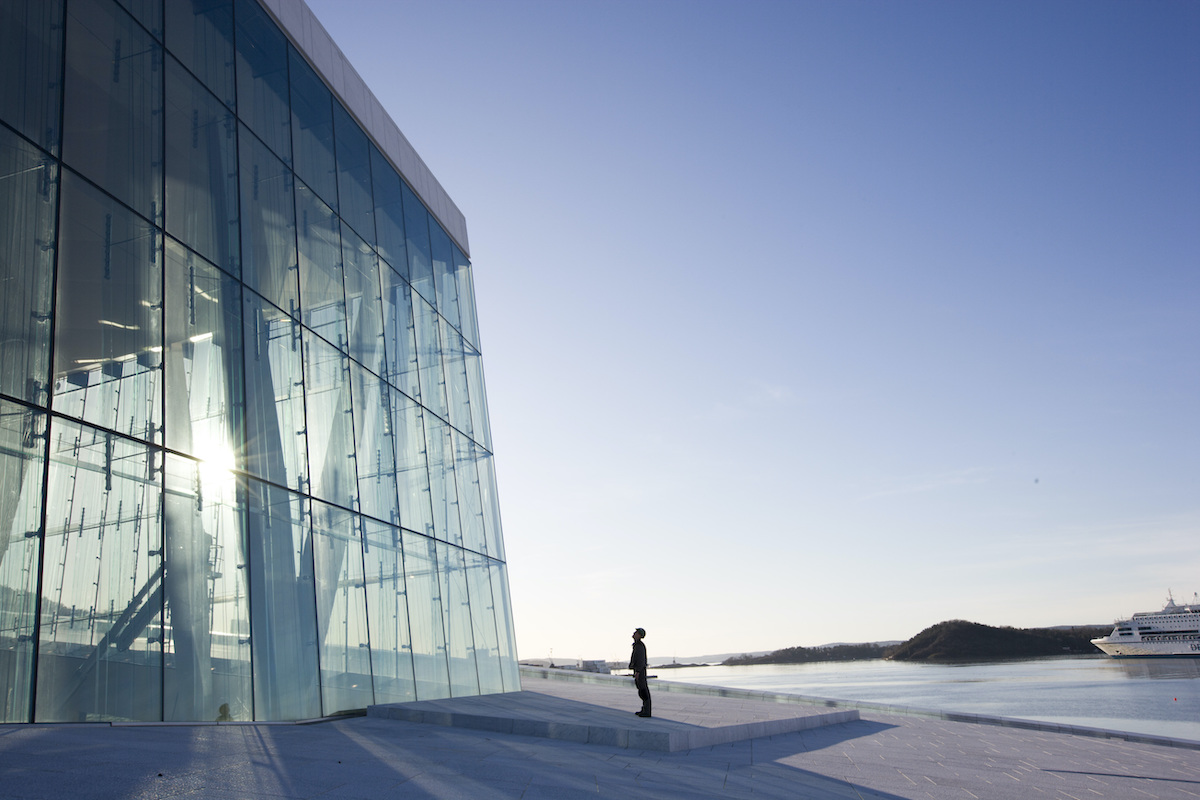
Born in the small fishing town Haugesund on Norway’s exposed west coast, Kjetil Trædal Thorsen had little idea his work would come to define Norwegian architecture. In the 1960s, before Norway’s oil wealth, Haugesund was mostly known for its herring catch and according to Thorsen, “smelled of fish all the way up to the ’70s”.
But in co-founding Snøhetta, one of the world’s most celebrated architecture practices, Thorsen has put his hometown on the map. Founded in 1989 and now based in Oslo, Snøhetta blends architecture – buildings, landscape and interior – with product design and graphic design plus a philosophy to enhance the appreciation of the setting. The firm’s most famous international projects include the Bibliotheca Alexandrina in Alexandria, Egypt; the National September 11 Memorial Pavilion in New York; the King Abdulaziz Center for World Culture in Dhahran, Saudi Arabia and Shanghai Grand Opera House, China.
It is no wonder Thorsen’s work has received such global acclaim – the 62-year-old architect was educated in Germany, the UK, Norway and Austria – yet the Haugesund area remained a “touchstone” and, he says, the small town is a fitting departure for a Norwegian adventure. In fact, to capture a true flavour of Norway’s diverse landscape and architecture, Thorsen recommends beginning on the wild west coast – Karmøy is known as the home of Viking king Harald Fairhair, who first united Norway – before heading south to Lindesnes, east to Oslo, and north through national parks to Ålesund.
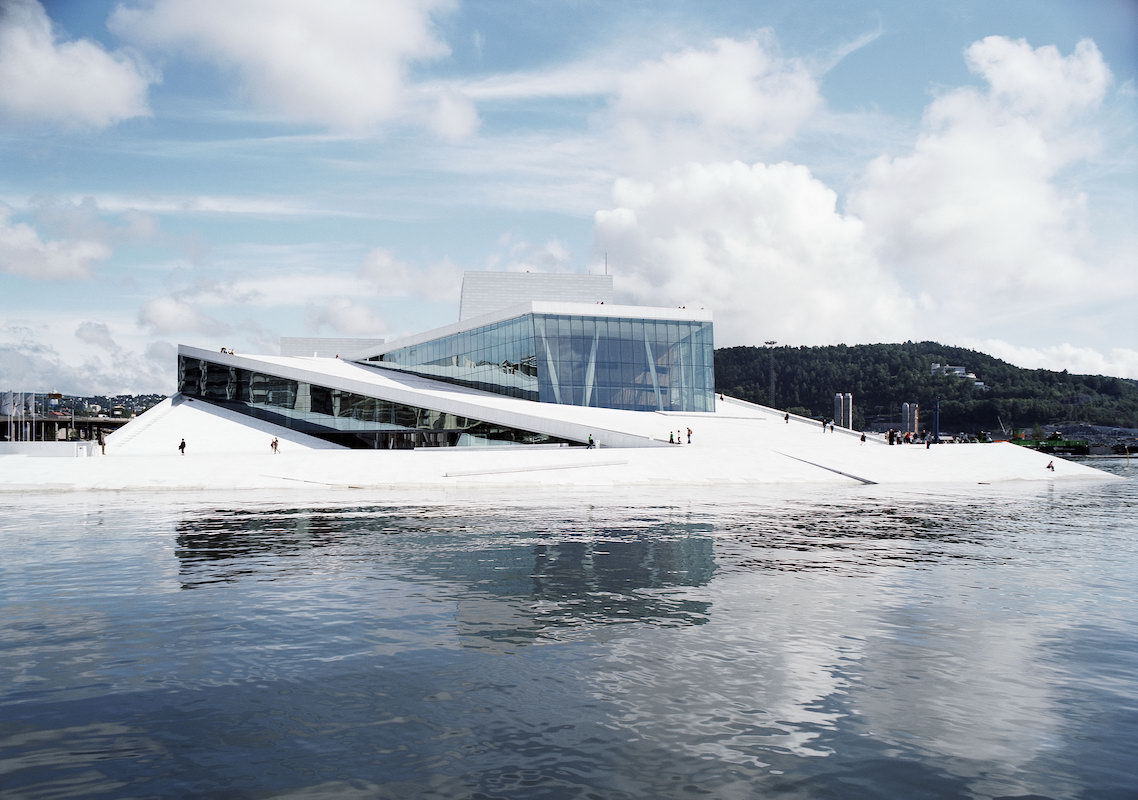
Thorsen says Karmøy is a perfect spot for dedicated fishermen – “get provisioned at Åkrehamn Trålbøteri; it can also supply you with good chocolate,” he advises – while Lindesnes, Norway’s southernmost mainland point, is a draw for gastronomes and architectural fans alike. It’s here that Snøhetta and partners launched its Under restaurant project in 2019. Meaning both ‘below’ and ‘wonder’ in Norwegian, Under is a 110ft restaurant submerged into the storm-prone seas at a 25-degree angle. The oak- and textile-clad interior culminates in a 35ft wide, 11ft tall window on to an ever-shifting aquamarine world.
The restaurant, symbolising a quest for both human comfort and union with a beautiful yet brutal realm, characterises Snøhetta’s philosophy of enhancing one’s environment. “Under proposes unexpected prepositions, challenging your physical placement in the environment,” says Thorsen. “You may find yourself under water, over the seabed, between land and sea; this will offer you new perspectives and ways of seeing the world, both beneath and beyond the waterline.”
Succulent, briny-fresh fruits de mer complete the visitor experience here. Thorsen has fished these waters with his own sons, hauling in crabs and langoustines. It calls to mind another tenet of Snøhetta’s philosophy. “In nature, a shrimp is female and male during a lifespan. We refer to it as ‘transposition’: the ability to dissolve boundaries between disciplines, namely landscape, building, interior.”
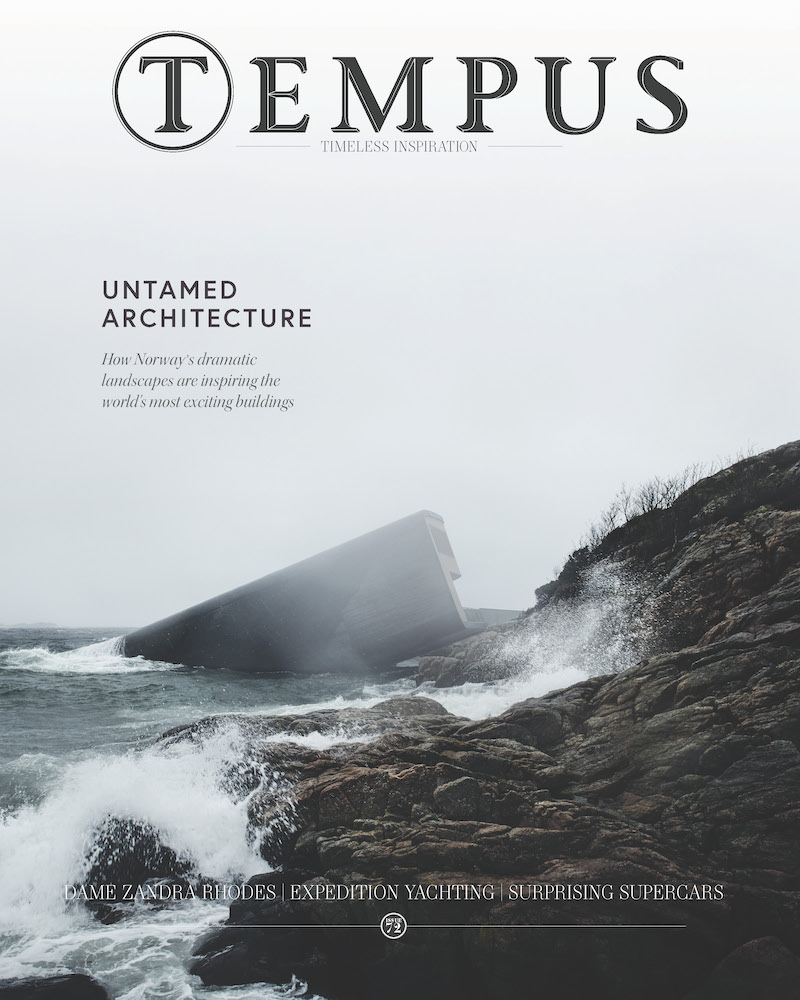
Snøhetta’s first office was an attic space above Dovrehallen – a traditional bar in the centre of Oslo. ‘Dovre’ refers to Dovrefjell, the mountain range in the centre of the country (it’s no coincidence that Dovrefjell’s tallest peak is named Snøhetta). Visitors to the city can still visit Dovrehallen, as Snøhetta staff regularly did in the ’90s, for drinks and smørbrød.
Nearby, you can eat at the elegant Theatercaféen, near playwright Henrik Ibsen and artist Edvard Munch’s historical haunts. Ibsen’s Peer Gynt, which mythologised mountainous Dovrefjell, is one of Thorsen’s favourite stories.
A short walk from this historic hub is the startling Oslo Opera House – Snøhetta’s multi- award-winning breakthrough project. The company’s goal was to break down the hierarchy typically associated with these venues. “You can do more than go to the opera and ballet in Norway; you can walk on it,” says Thorsen. “The more you interact with anything – sit on a chair, drink from a cup – the more it becomes, if only briefly, something belonging to you. It is about enabling collective ownership that creates a link between humans and the world around them. If that link is successfully established, people will become more conscious of their surroundings and take care of them.” »
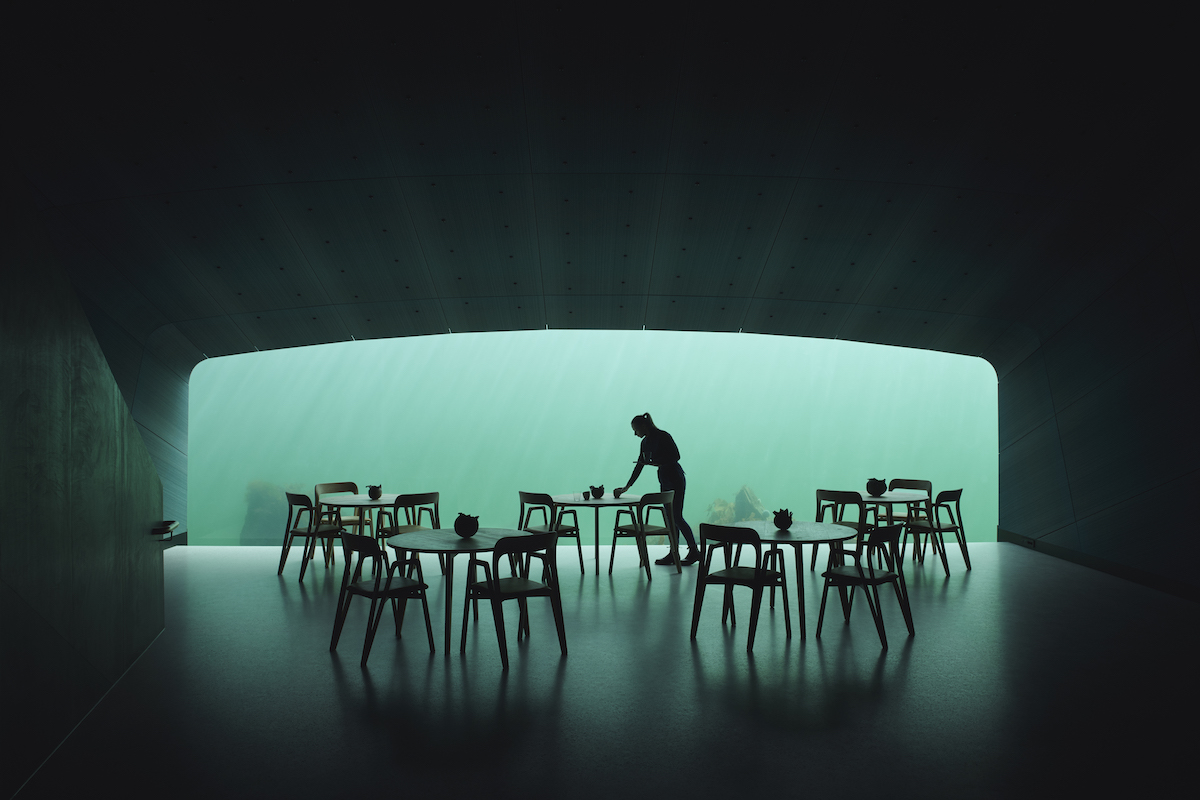
Drive five hours north from Oslo to reach Dovrefjell–Sunndalsfjella National Park, where Snøhetta created its sublime glass-fronted Reindeer Pavilion, designed for viewing the otherworldly muskox, among other wildlife. It offers basic accommodation during the summer season, or visitors can opt for the charmingly rustic Hjerkinn Mountain Lodge, which looks after guests on a site where travellers have been welcomed for more than 1,200 years.
“The main thing is to walk,” says Thorsen of visiting the majestic landscape. “My grandfather said that when you are out walking, you have to look forward to see where you are going; you have to look down so that you do not stumble; you have to look out to dream; and, occasionally, you have to turn around and look back at where you came from. The two interesting landscapes in the world are mountains and oceans.”
In the picturesque town of Ålesund, four hours’ west of Dovrefjell, these two landscapes finally meet. Ravaged by fire in 1904, the coastal fishing town was rebuilt in a remarkably consistent Art Nouveau style. Colourful, quaint buildings nestle around tranquil waterways. More recently, Snøhetta redesigned the waterside Hotel Brosundet to celebrate its character as a former warehouse, exposing heavy-duty wooden beams in the rooms. Part of the project was the conversion of an attached lighthouse into a single suite spread over two floors, allowing guests to shelter in style at this gateway to the high seas. “There is a terrific late-winter fishing festival in Ålesund,” adds Thorsen.
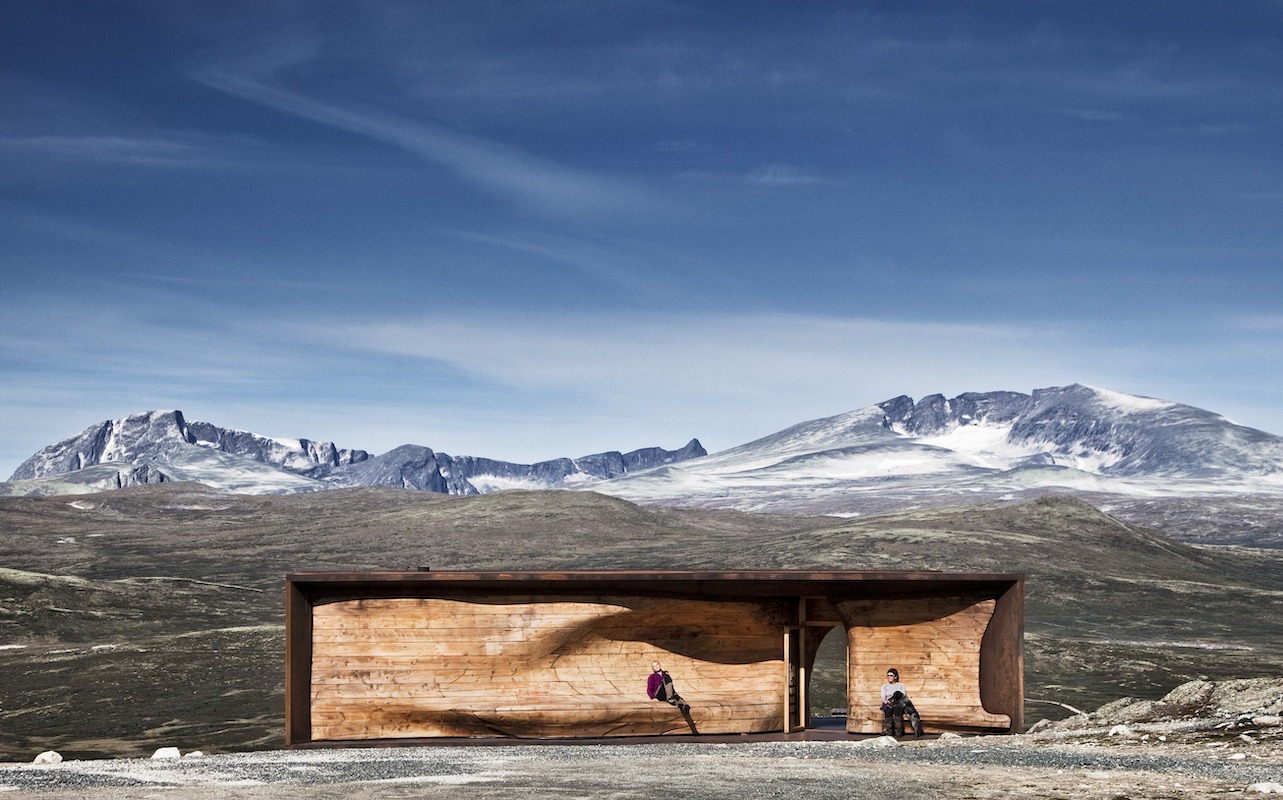
As for the next destination, Thorsen says Snøhetta may soon be returning to Norway’s natural habitats. “One of the paradoxes of Norway, with its abundant space and reverence for nature, is that we now have too many large cabins encroaching on wilderness,” he say, “so we are devising a set of smaller cabins with a more sustainable footprint, in collaboration with a Norwegian company called Nature Compact Living. Stay tuned – you may just want one.”







